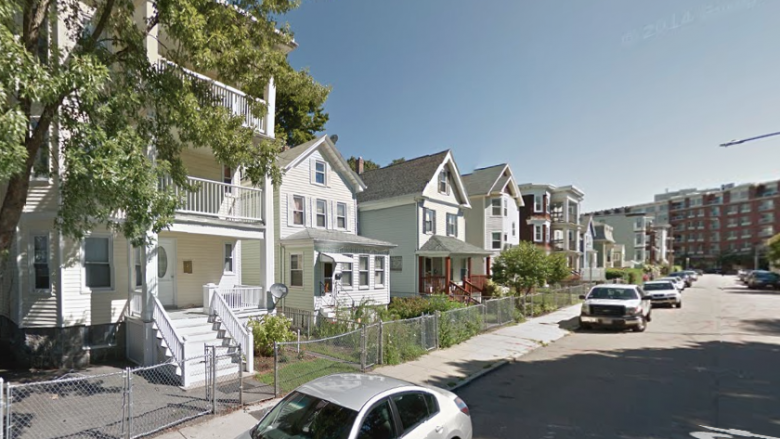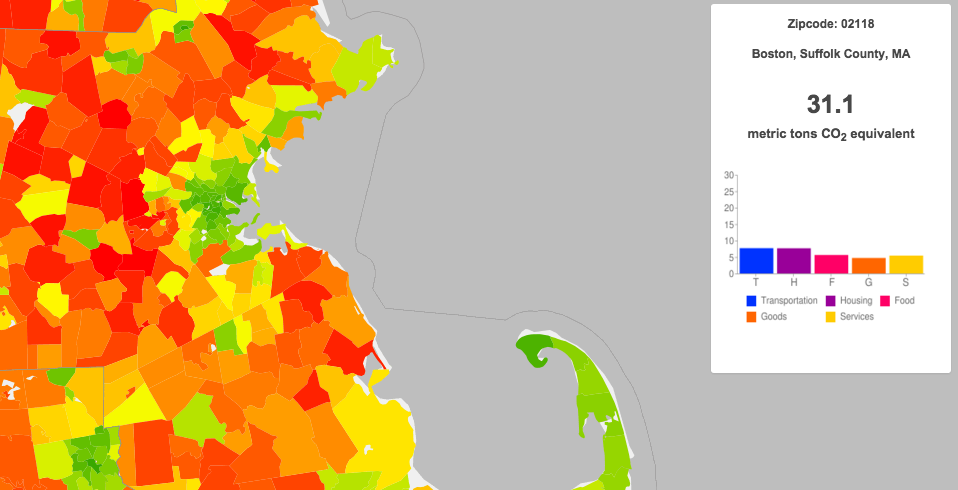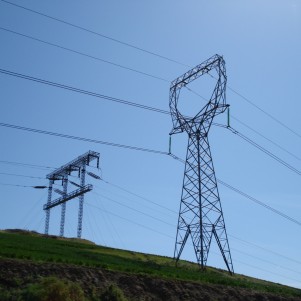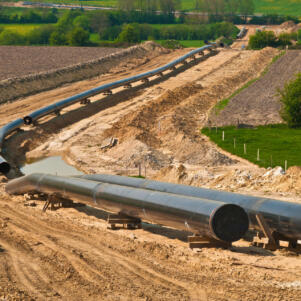Suburban living may be less ‘green’ than it appears
By Beth Treffeisen | March 14, 2016, 5:00 EDT
 A scene from Dorchester’s Ashmont area. (Photo courtesy of BostonStreetcars.com)
A scene from Dorchester’s Ashmont area. (Photo courtesy of BostonStreetcars.com) BOSTON – Tall buildings loom over traffic filled streets in Boston as litter-strewn sidewalks and gutters add their accents to the exhaust fumes pervading certain parts of downtown on a typical day. Yet city living may be more environmentally sustainable than residing in greener tree-lined suburbs.
Emissions from driving, public transit, home heating and household electricity use shows that where you live can affect how much carbon dioxide your lifestyle creates, according to a 2008 paper that looked at data from around the country. City residents generally account for significantly lower carbon emissions than people living in suburban areas, and the gap is particularly large in older areas like New York and Boston.
“The point is that living in cities has two discernible differences – that is holding income and families at a constant. One is from the residential and transportation side,” as they travel shorter distances, said Harvard University economist Edward Glaeser, a co-author of the report. “The second thing is just the size of the housing.”
Public transportation isn’t really an issue in much of the U.S., Glaeser said, because in most cities beyond the East Coast, most people drive to work, whether they are urban or suburban residents. So it often boils down to how far most people must drive in any given area, particularly in places like Los Angeles, where commutes often exceed an hour each way.
When it comes to housing, Glaeser said, size matters. “Living in a one-bedroom apartment, you’re going to be using a lot less energy to heat and cool your house than if you are living in a 3,000-square-foot home.”
Typically when a city grows, the suburbs expand as well. Glaeser pointed out that when talking about land use decisions, the links between an urban area and its suburbs aren’t typically given much weight. Yet those links need to be considered.
“Individually, statistically two things tend to go together,” Glaeser said. “If Boston does well, Boston suburbs tend to do well.”
When city regulators in cities weigh proposals for high-density housing, such as building an apartment tower with hundreds of units instead of more spread-out, low-rise residential development, they need to recognize the effect of rejecting that approach, he said.
“You know that there is demand there,” Glaeser said. “People will live in the city if you give them a choice, and by allowing more housing you’re moving people from one to another,” referring to urban versus suburban locations.
“At a national level, the number of households is relatively fixed, and so you are really deciding if one is the substitute of another,” he said.
The study co-authored by Glaeser in 2008 showed the Boston was fourth-highest in terms of the carbon-cost difference between homes built in the past 20 years in the suburbs and the average emissions from urban residences. New York topped the list.
“Current land use restrictions may be doing exactly the opposite of what a climate change activist may have hoped,” Glaeser and co-author Matthew Kahn of the University of California Los Angeles wrote in the paper, published by the National Bureau of Economic Research in Cambridge. “Those restrictions, often implemented for local environmental reasons (such as to preserve open space or reduce neighborhood traffic), seem to push new development towards the least environmentally friendly urban areas.”
Other research has shown that suburbs account for half of all household greenhouse-gas emissions in the U.S., even though more than half of all Americans live in cities.
“Metropolitan areas look like carbon footprint hurricanes, with dark green, low-carbon urban cores surrounded by red, high-carbon suburbs,” said Christopher Jones, a doctoral student working with energy professor Daniel Kammen in the Energy and Resources Group at the University of California, Berkeley, in a comment reported by the Berkeley News.
“Unfortunately, while the most populous metropolitan areas tend to have the lowest carbon footprint centers, they also tend to have the most extensive high-carbon footprint suburbs,” the researcher said.
The Berkeley study showed the primary inflators of carbon footprints are household income, vehicle ownership and home size, which all tend to be higher among suburban residents. Other factors include population density, electricity production, energy prices and weather.
Higher population densities reduce energy use for transportation, most notably, and also for space heating and cooling, because living spaces tend to shrink in higher-density areas, William Meyer, an associate professor of geography at Colgate University, said by email. Residences in higher-density areas also tend to reduce “land consumption and, probably, materials consumption as well,” he said.
But increasing population densities isn’t necessarily a solution. A 10-fold increase in population density in central cities corresponds to only 25 percent lower greenhouse gas emissions, according to the Berkeley study.
If you’re wondering what your carbon footprint looks like, Berkeley’s CoolClimate Network created a website to provide some insights, based on statistical averages. It also offers suggestions on how to reduce it.
“In the U.S., of course, despite some recent erosion of the pattern, suburban incomes remain higher than urban or rural ones, and that has to be controlled for when trying to isolate the difference that urbanness as such makes,” Meyer said. “Richer people living in urban areas seem to have lower per capita footprints than comparably rich ones in suburban and, especially, rural areas.”
So when considering your next residential move, keep in mind how it might affect your carbon footprint.
NBPUrban











